Table of Contents
Real-World Use Cases
Campus Simplification
An enterprise with 10,000+ users replaced three disparate vendors (firewall, wireless controller, NAC) with a FortiGate-centric LAN Edge. Result:
- 50% fewer consoles to manage
- 30% faster onboarding of new buildings (zero-touch provisioning)
- Increased segmentation granularity without VLAN sprawl
Branch Network Convergence
A retail chain deployed FortiGate SD-Branch appliances at 200 locations, consolidating firewall, switch, and Wi-Fi management. They achieved:
- 15% cost savings in hardware and licensing
- Centralized policy updates pushed to all branches in under 5 minutes
- Automated IoT discovery and quarantine of uncontrolled devices
Secure Remote Work
During a global shift to remote work, an organization rolled out FortiAPs managed by corporate FortiGates via FortiDeploy. Within days, they stood up secure Wi-Fi home offices for 3,000 employees—without on-site IT visits.
1. The LAN Edge Challenge: Why Integration Matters
The Local Area Network (LAN) edge—where users, devices, and IoT endpoints attach—has become a prime target for attackers. Unmanaged or poorly segmented devices can serve as beachheads for lateral movement and data exfiltration. Traditional architectures exacerbate this risk by requiring:
- Separate management systems for switches, access points (APs), and firewalls.
- Multiple operating systems and consoles, each with its own policies and logging formats.
- Complex VLAN- and ACL-based segmentation efforts, often manually configured on each device.
As IoT adoption rises, the volume and diversity of endpoints explode, making manual policy updates and troubleshooting untenable. Enterprises need a unified approach that reduces administrative overhead, ensures consistent policy enforcement, and provides end-to-end visibility across wired and wireless domains.
2. Introducing the Fortinet LAN Edge Solution
Part of the broader Fortinet Security Fabric, the LAN Edge solution converges network access and security on a single platform, centered around the FortiGate Next-Generation Firewall (NGFW). Its key tenets are:
- FortiLink Integration
- Common Operating System (FortiOS)
- Unified Threat Intelligence (FortiGuard Labs)
- Centralized Management & Analytics
- Scalable, Flexible Deployment
Together, these features eliminate the “bolted-on” complexity of multi-vendor stacks and transform the LAN edge into an automated, secure extension of campus, branch, and remote networks.
3. FortiLink: Converging Wired, Wireless & Security
FortiLink is the cornerstone of LAN Edge convergence. It allows FortiGate to act as the single pane-of-glass controller for:
- Wired Switches: FortiSwitch units directly connect to FortiGate via FortiLink, sharing configuration and security policies.
- Wireless Access Points: FortiAPs are auto-adopted and managed by FortiGate, receiving SSID profiles, VLAN assignments, and inspection rules.
Why this matters:
- One Configuration: Define VLANs, ACLs, user-role mappings, and security profiles in FortiGate—no separate switch CLI or wireless controller UI.
- Role-Based Segmentation: Dynamically segment traffic based on user roles, device types, or endpoint posture without manual ACL changes on each switch port.
- Built-In NAC: FortiLink includes network access control features at no additional licensing cost, unlike many NAC vendors that charge per-device or per-console fees.
4. FortiOS: A Unified Operating System
FortiOS runs on every FortiGate, FortiSwitch, and FortiAP, ensuring all LAN Edge components share:
- Policy Language: Firewall rules, SD-WAN profiles, and NAC policies are defined in the same syntax.
- Logging & Reporting: All logs—network traffic, wireless associations, switch port events—stream into FortiAnalyzer in a consistent format.
- Automation: Fabric Stitches and event-triggered workflows (e.g., quarantine on malware detection) operate across both wired and wireless interfaces.
By eliminating OS-level fragmentation, administrators need only learn and maintain a single command set or GUI, drastically cutting training and troubleshooting time.
5. FortiGuard: Consistent Threat Intelligence
Integrated directly into FortiOS, FortiGuard Labs delivers real-time threat intelligence—URL filtering, intrusion prevention signatures, antivirus updates, and AI-powered sandboxing—to every LAN Edge device:
- Synchronized Updates: When a new threat emerges, FortiGuard pushes signatures simultaneously to FortiGates, Switches, and APs.
- Automated Threat Response: Detection on any LAN Edge component triggers Fabric Stitches—blocking traffic at the switch port, quarantining endpoints, and alerting administrators through a unified console.
This shared intelligence ensures that policy enforcement and threat detection are always current and consistent, regardless of whether a threat enters via wired Ethernet or Wi-Fi.
6. Centralized Management & Analytics
FortiManager & FortiAnalyzer
- FortiManager: Orchestrates configuration templates, zero-touch provisioning, and firmware updates for all FortiGate, FortiSwitch, and FortiAP units.
- FortiAnalyzer: Collects and correlates logs from network, wireless, and security events—providing dashboards, compliance reports, and forensic analytics.
Benefits:
- Single Pane of Glass: See network topology, policy deployments, and security alerts in one view.
- Reduced MTTR: Unified logs and automated correlation speed root cause analysis.
- Compliance Readiness: Prebuilt report templates for PCI DSS, HIPAA, GDPR, and other standards—all automatically including wired and wireless events.
7. Scalability & Deployment Flexibility
FortiGate appliances come in a wide range of models—from compact desktop units for small branches to chassis-based firewalls for data centers. They support:
- Hardware Appliances
- Virtual Machines (VMs) for private and public clouds
- Containerized Instances for microservices architectures
This flexibility means you can standardize on the same LAN Edge architecture across:
- Campus Networks: Centralized controllers with high-density FortiSwitch and FortiAP deployments.
- Branch Offices: Single-box SD-Branch solutions combining NGFW, SD-WAN, switch, and Wi-Fi in one chassis.
- Remote Workers: Cloud-managed FortiAPs that auto-adopt and secure home offices as part of the Security Fabric.
8. Best Practices for LAN Edge Success
- Plan Your Fabric Topology
- Define a clear hierarchy: Fabric Root (data center) → Fabric Branches → Remote AP clusters.
- Standardize on FortiLink Ports
- Use dedicated FortiLink interfaces on FortiGate to simplify switch and AP integrations.
- Leverage NAC Profiles
- Create role-based profiles (e.g., employee, guest, IoT) to automatically segment new devices.
- Enable Automation Stitches Gradually
- Start with high-impact workflows (malware quarantine, rogue AP detection), then expand.
- Monitor Health & Logs Proactively
- Set up FortiAnalyzer alerts for FortiLink disconnections or AP/switch firmware mismatches.
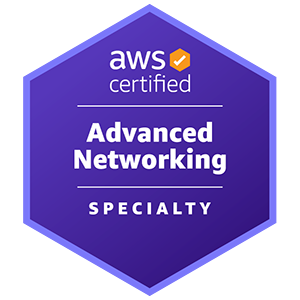
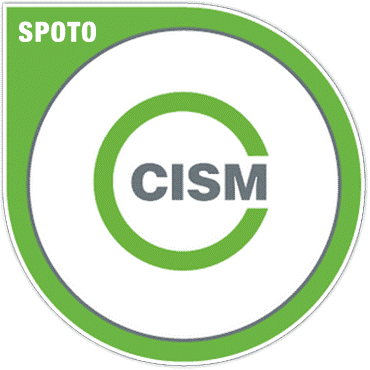

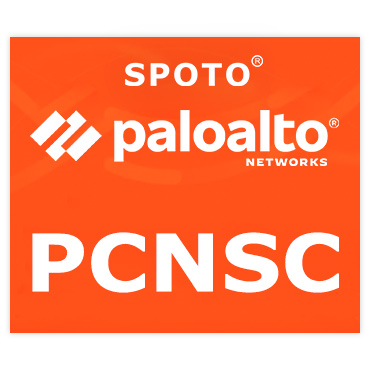
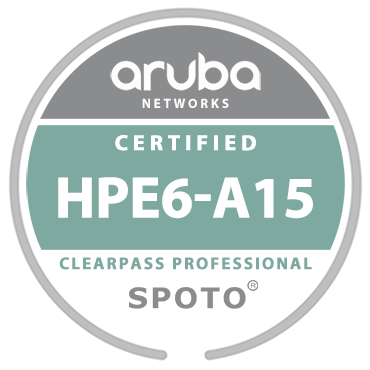
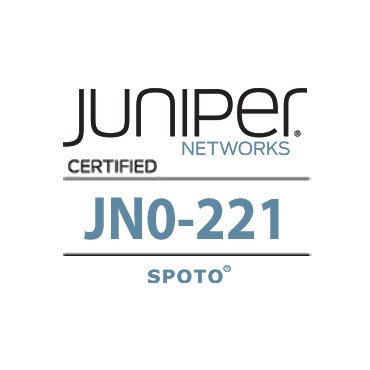

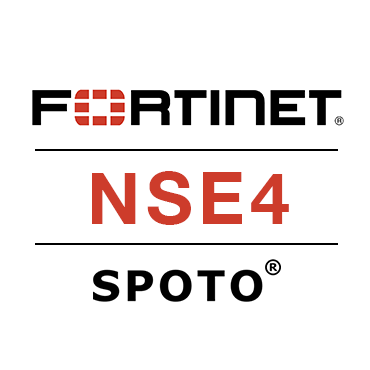
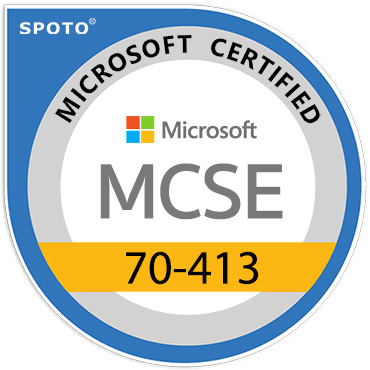

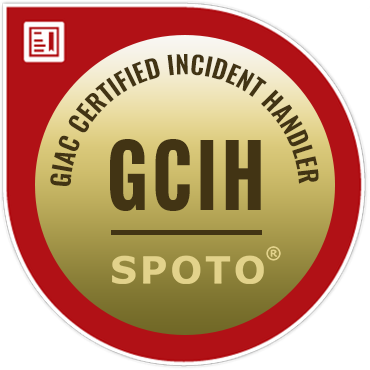

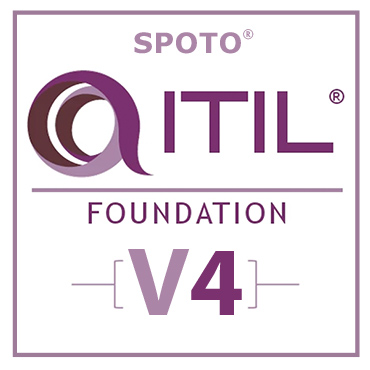
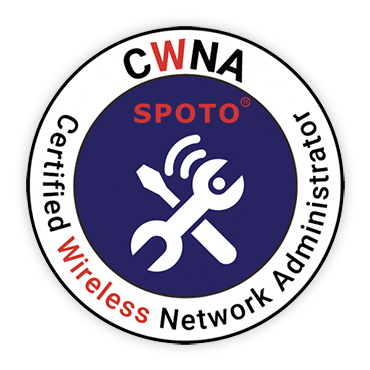
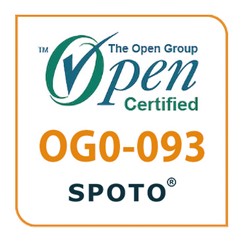


Comments